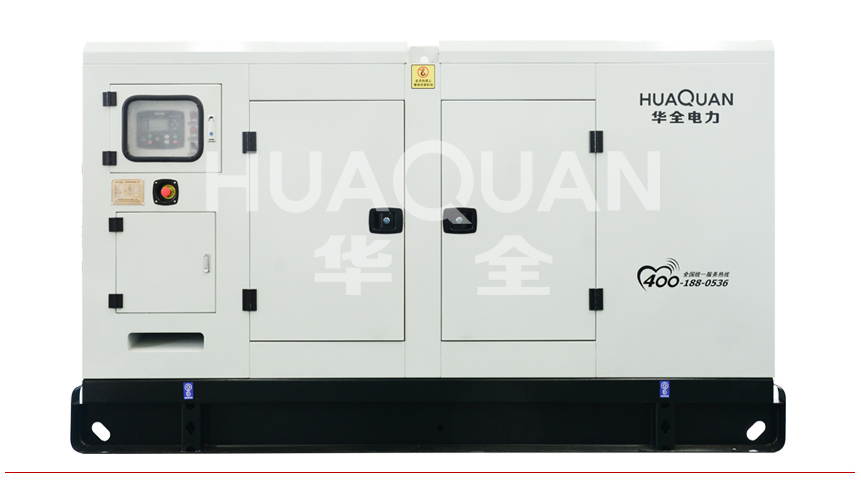
In an era where power demand is growing more diverse and complex, ultra-quiet generators are emerging as essential solutions for noise-sensitive environments. Recent advancements in soundproofing technology have revolutionized these generators, making them ideal for applications ranging from outdoor events to emergency backup power. Here’s a closer look at the cutting-edge innovations driving the evolution of ultra-quiet generators.
1. Advanced Sound-Damping Materials and Structures
Modern ultra-quiet generators employ multi-layered soundproofing materials, such as high-density acoustic foam and rock wool, encased in double-walled steel containers. These materials absorb vibrations and disrupt sound waves, preventing noise from escaping. Some models feature internal airflow channels that minimize turbulence while ensuring efficient cooling, further reducing operational noise.
2. Sophisticated Vibration Control Systems
High-performance shock absorbers and mounting brackets are now standard in premium generators. These systems decouple the engine from the generator’s frame, isolating vibrations that would otherwise transmit noise to the surroundings. Advanced designs even incorporate rubber isolators and spring dampers to achieve near-silent operation.
3. Optimized Exhaust Systems
Exhaust noise is a major challenge for generators. New models address this with redesigned mufflers and exhaust pipes that use baffles and resonant chambers to cancel out noise. Some systems incorporate catalytic converters to reduce emissions while damping sound, ensuring compliance with stringent environmental regulations.
4. Intelligent Cooling Solutions
Traditional liquid-cooled systems can be noisy and prone to leaks. The latest ultra-quiet generators adopt advanced air-cooling systems with low-noise fans and optimized airflow paths. These designs not only reduce operational noise but also eliminate the need for coolant maintenance, enhancing reliability in remote or harsh environments.
5. Engine Design Breakthroughs
Engineers are reimagining engine architecture to minimize noise at the source. Innovations include:
Low-RPM Operation: Engines are tuned to run at lower speeds, reducing mechanical friction and windage noise.
Balanced Components: Precision-engineered crankshafts and flywheels minimize vibrations.
Advanced Fuel Injection: Systems deliver smoother combustion, cutting down on engine clatter.
6. Smart Monitoring and Control
Beyond noise reduction, new generators integrate IoT-enabled monitoring systems. Sensors track performance metrics in real time, while mobile apps allow users to adjust settings remotely. Predictive maintenance alerts prevent failures, ensuring uninterrupted power even in critical applications like hospitals or data centers.
7. Modular and Portable Designs
Portability hasn’t been compromised for silence. Compact, wheeled models now feature foldable handles and lightweight frames, making them easy to transport. Some generators even support parallel operation, enabling scalable power solutions for events or construction sites.
8. Eco-Friendly Features
The newest ultra-quiet generators prioritize sustainability. They incorporate auto-idle modes that reduce fuel consumption during low-load periods and eco-mode switches for optimized energy efficiency. Many models meet strict emission standards, making them suitable for urban or environmentally sensitive areas.
Conclusion
The latest ultra-quiet generators represent a fusion of engineering excellence and user-centric design. By combining advanced materials, smart controls, and eco-conscious features, they’re redefining how we generate power in noise-sensitive environments. As technology continues to evolve, these silent workhorses will play an increasingly vital role in powering our homes, businesses, and communities—all while keeping the noise to a whisper.
For more information, please follow: http://www.huaquandongli.com/
